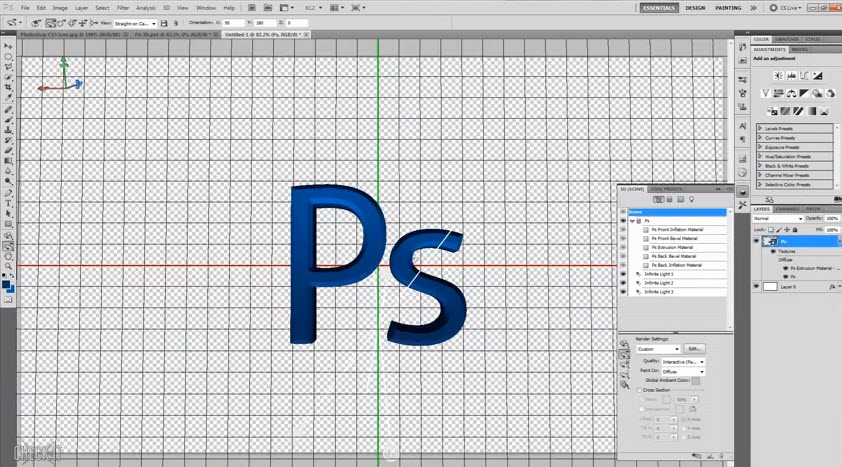


The fans of Catia are never lost on FreeCAD, because the operating logic is the same. However, it’s important to create as many different parts as different materials you will use for printing. It’s possible to export different parts in one. We invite you to consult our page on materials. In that way, you have to keep in mind the cantilever notions, the material thickness specifications, the minimum strength of materials of your part etc. Don’t forget that your file will become a real piece.We will detail export possibilities and the file weight in the chapter dedicated to the model export. This sizing is widely sufficient to generate a file without losing accuracy in the part. Your 3D file needs to be less than 50Mb after the export in.But we will see that Freecad manages that easily and automatically. Your part (object) must have an « inside» and an « outside».Freecad has no surface workbench, so this should not cause you problems. All the components you will design need to have a certain thickness.The different elements of your modeling should not intersect.It’s important for the design to respect the following rules : In this section, you will learn the key concepts of modeling with freeCAD for 3D printing. Indeed, beyond the own limits to the materials used, it is necessary to keep in mind that the resulting file will not only be a virtual representation, but a support for the 3D printer to create a physical object. Designing for 3D printing implies to respect some design rules.


 0 kommentar(er)
0 kommentar(er)
